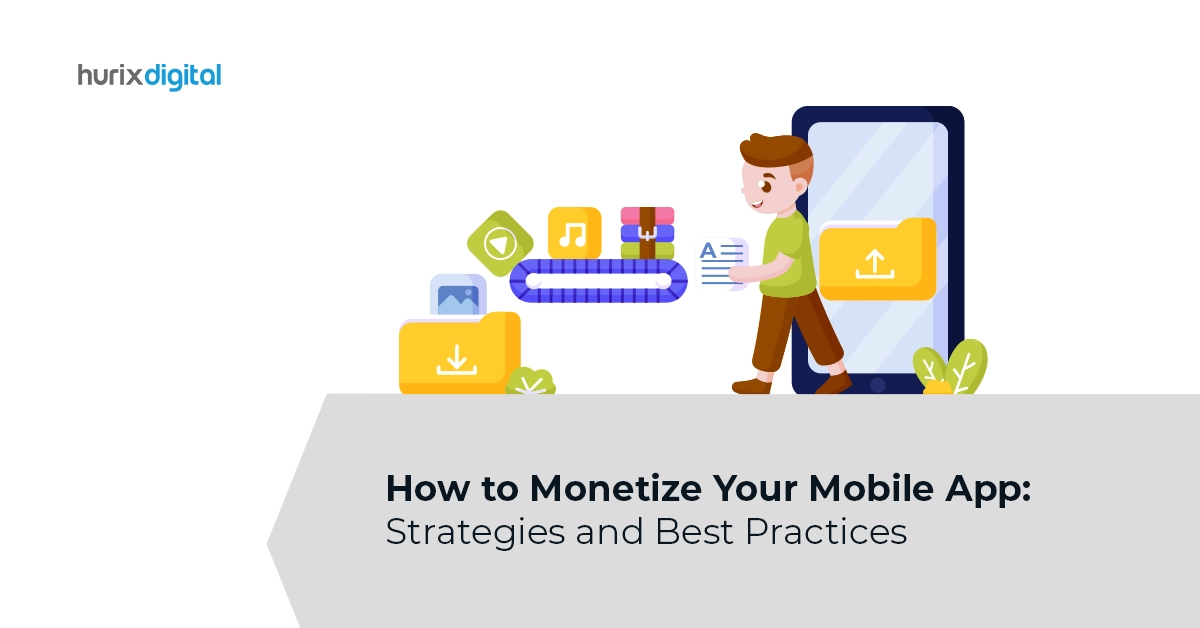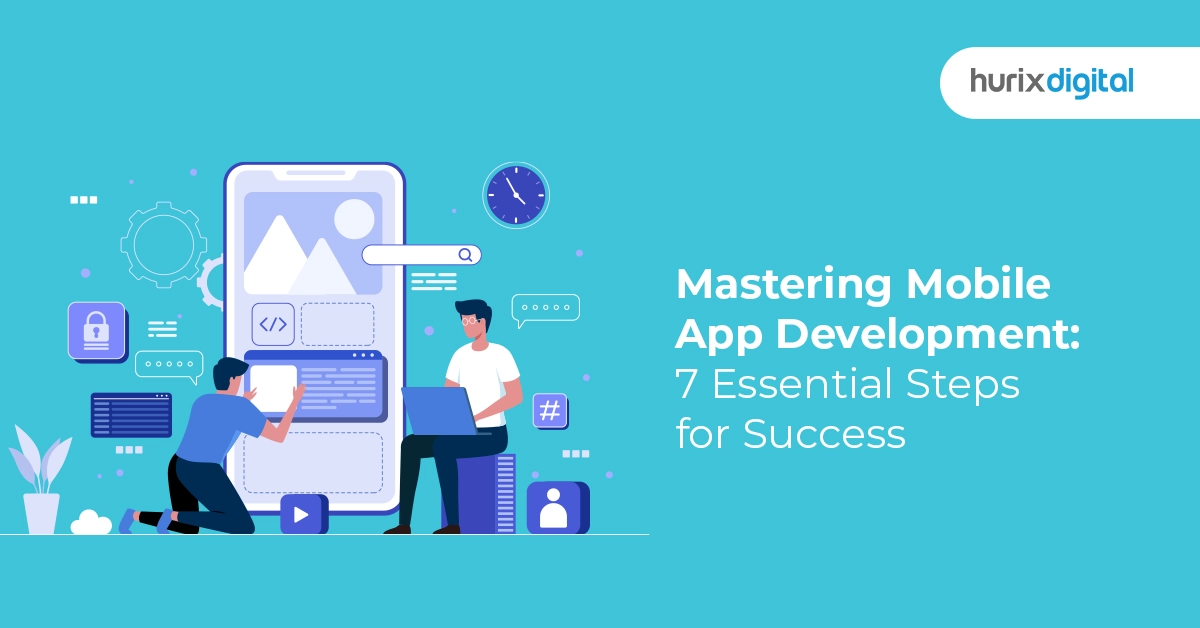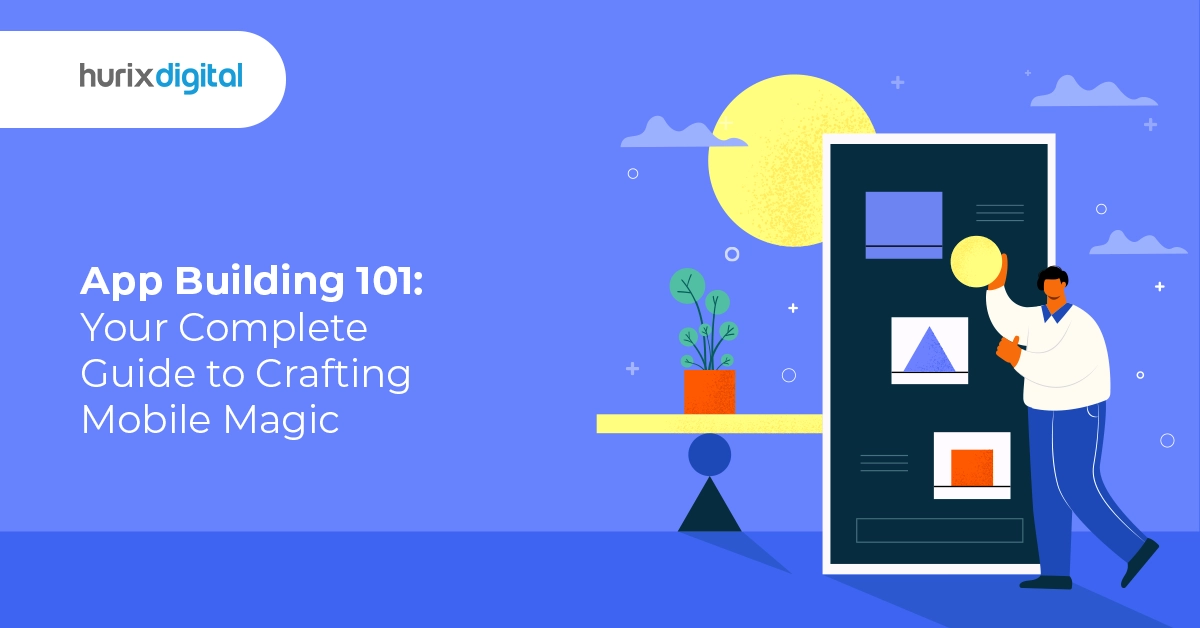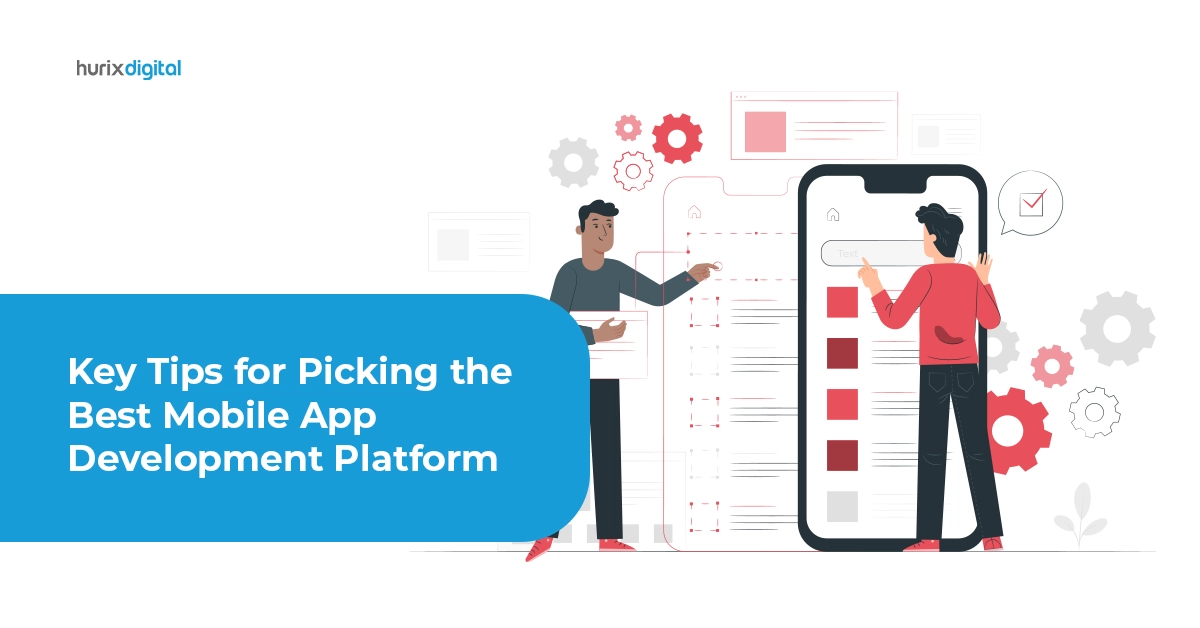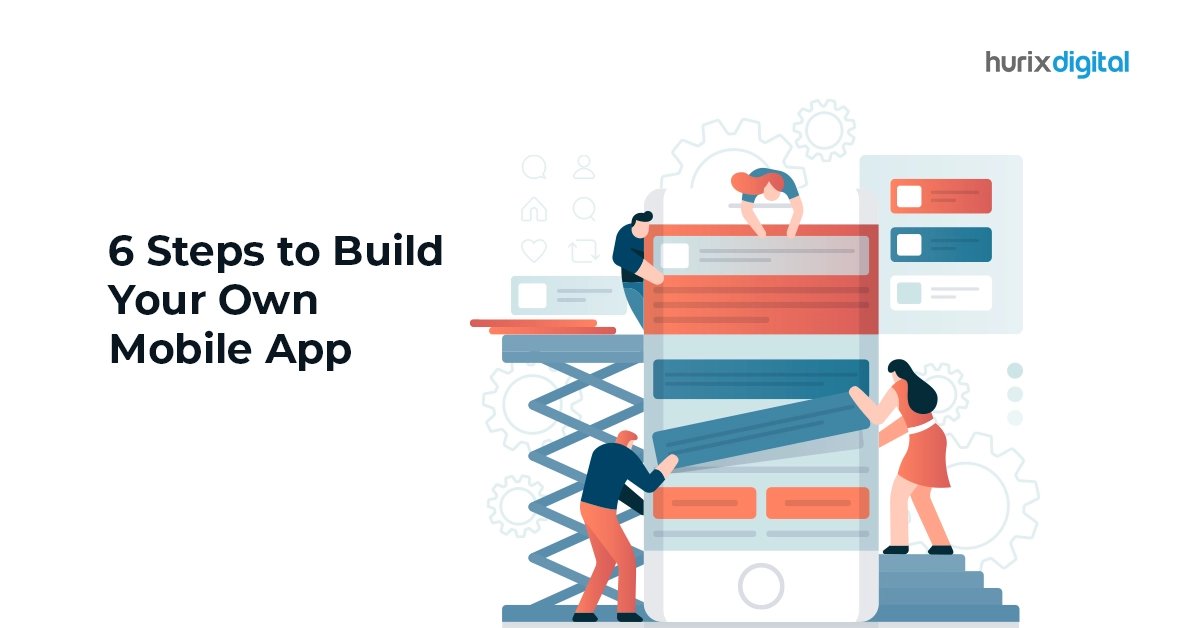
6 Steps to Build Your Own Mobile App
Summary
This article outlines the 6 key steps involved in building a performant mobile app, from defining product scope to releasing an MVP, gathering user feedback, and ongoing maintenance. It highlights the importance of proper planning, prototyping, and a user-centric approach.
Mobile apps have become indispensable in the digital age, reinventing how we interact on a daily basis across communication, work, and life. For entrepreneurs and developers alike, building an app from idea to launch is an exciting yet demanding undertaking.
Table of Contents:
- Pre-Launch Preparation
- Planning and Development
- Design and User Experience
- App Monetization and Marketing Strategy
- Launching the App
- Post-Launch Activities
This guide will illuminate the key phases – right from conceptualizing to releasing – involved in developing an application that not only sees the light of day but also stands out in a crowded marketplace. We will equip you with actionable insights into crafting, testing and deploying a high-performing mobile app that delivers immense value to users and sustainable growth for your business.
By comprehensively outlining the mobile app development trajectory, this step-by-step playbook aims to set you up for success as you embark on your journey of building the next big mobile innovation.
I. Pre-Launch Preparation
A. Idea Validation
1. Identifying the Problem Your App Solves: At the core of every successful app lies a solution to a problem or a fulfilling of a need. Before diving into development, meticulously pinpoint the problem your app aims to solve. This clarity becomes the beacon guiding your development process.
2. Conducting Market Research and Competitor Analysis: Understanding the market landscape and your competitors’ offerings is predominant. Unearth what works, what doesn’t, and identify gaps to create a unique selling proposition for your app.
Also read: Why Custom Mobile App Development is Worth the Investment: 5 Benefits You Can’t Ignore
B. Defining Target Audience
1. Creating User Personas: Crafting detailed user personas helps in envisioning your ideal users. Dive deep into demographics, behavior patterns, and pain points to tailor your app precisely to their needs.
2. Understanding User Needs and Preferences: Beyond demographics, delve into the emotional and functional needs of your target audience. Anticipating their preferences allows for a more targeted and resonating app.
C. Setting Clear Goals
1. Establishing Measurable Objectives for the App: Outline specific, quantifiable success metrics around user growth, engagement levels, and monetization that guide strategic decisions to build a high-performing, results-driven mobile app.
2. Outlining Key Performance Indicators (KPIs): Identify the metrics that align with your goals. Whether it’s conversion rates, retention rates, or user satisfaction scores, KPIs offer a quantifiable measure of success.
Also read: 6 Expert Tips for Creating a Unique and Successful Mobile App
II. Planning and Development
A. Choosing the Right Platform and Technology
1. iOS, Android, or Cross-Platform Development: The choice of platform significantly impacts your app’s reach. Assess the pros and cons of each platform against your app’s requirements to make an informed decision.
2. Selecting Suitable Development Tools and Frameworks: Leverage robust development tools and frameworks that align with your app’s functionality and scalability requirements.
B. Wireframing and Prototyping
1. Creating App Mockups and Wireframes: Visualize your app’s structure and functionalities through mockups and wireframes. This step streamlines the development process by providing a blueprint for developers.
2. Developing a Prototype for User Testing: Prototyping allows for early-stage testing, ensuring your app aligns with user expectations and usability standards before investing heavily in development.
C. Development Phase
1. Hiring Developers or Using App Development Platforms: Decide whether to assemble an in-house development team or opt for app development platforms based on your budget, timelines, and project complexity.
2. Managing the Development Timeline and Milestones: A well-defined timeline with achievable milestones keeps the development on track. Regular evaluations and adjustments ensure adherence to the schedule.
III. Design and User Experience
A. UI/UX Design
1. Creating an Intuitive and Appealing Interface: Your app’s interface serves as the gateway to user interaction. Strive for simplicity, intuitive navigation, and visually appealing design elements to enhance user experience.
2. Focusing on User-Centered Design Principles: Center your design around user needs and behaviors. Conduct usability tests to ensure your design resonates with the intended audience.
B. Testing and Iteration
1. Conducting Usability Tests: Usability tests provide invaluable insights into how users interact with your app. Identify pain points, glitches, and areas for improvement to refine the user experience.
2. Incorporating Feedback for Improvements: User feedback is gold. Use it to iterate on your app’s design, functionality, and overall experience, aligning it more closely with user expectations.
IV. App Monetization and Marketing Strategy
A. Monetization Models
1. Choosing Between Freemium, Subscription, or Ads: Select a monetization model that complements your app’s nature and user base. Ensure it aligns with your app’s value proposition without compromising user experience.
2. Implementing In-App Purchases or Premium Features: Strategically integrate in-app purchases or premium features that add value to users, enticing them to opt for paid offerings.
B. Marketing Plan
1. Pre-Launch Marketing Strategies: Build anticipation through teasers, landing pages, and sneak peeks. Generating buzz pre-launch sets the stage for a successful release.
2. Post-Launch Marketing: Utilize App Store Optimization (ASO), social media campaigns, influencer collaborations, and PR to bolster your app’s visibility and attract users.
V. Launching the App
A. App Store Optimization (ASO)
1. Optimizing App Title, Description, and Keywords: Craft a compelling app title and description laden with relevant keywords. This optimization boosts discoverability in app stores.
2. Creating Compelling Visuals (App Icon, Screenshots): Visually appealing assets attract attention. Invest in striking visuals that communicate your app’s essence and functionalities.
B. Submission and Review Process
1. Guidelines for App Store Submission: Adhere meticulously to app store guidelines and regulations to prevent rejection or delays in the submission process.
2. Preparing for App Store Reviews and Feedback: Be proactive in addressing user reviews and feedback. Swiftly respond to issues, acknowledging and resolving concerns to foster positive app store ratings.
VI. Post-Launch Activities
A. Tracking Analytics and Metrics
1. Monitoring User Engagement and Retention: Regularly analyze user behavior, engagement metrics, and retention rates. These insights aid in understanding your app’s performance and user preferences.
2. Analyzing KPIs and Adjusting Strategies Accordingly: Evaluate KPIs against your predefined goals. Adjust marketing strategies, features, or functionalities based on the data to continuously improve your app.
B. User Feedback and Updates
1. Collecting User Feedback and Reviews: Encourage user feedback through various channels. Pay heed to suggestions and criticisms to drive meaningful updates.
2. Rolling Out Updates and Improvements Based on Feedback: Use user feedback as a compass for updates. Consistent improvements showcase your commitment to enhancing user experience.
Conclusion
Launching a winning mobile app requires meticulous planning, flawless execution and continuous enhancements even post-release. Right from validating initial ideas to rapid post-launch iterations, every single phase contributes towards crafting an application that blends user-appeal with adaptability to excel in a dynamic ecosystem.
As experts in app development, design and digital strategy, Hurix Digital can help strategize, architect and execute your ambitious app vision. By leveraging our proven playbooks refined across 1000+ app projects, we can together build stellar mobile experiences tuned to your target users and business goals.
Get in touch to explore how we can collaborate to bring your promising app concept to market efficiently. Let’s have an engaging discussion on how we can add value in your mobile innovation journey.
Read more,
How can Hurix help you monetize your mobile app?
Why could Hurix be a right development partner for implementation of mobile applications?

Vice President & SBU Head –
Delivery at Hurix Technology, based in Mumbai. With extensive experience leading delivery and technology teams, he excels at scaling operations, optimizing workflows, and ensuring top-tier service quality. Ravi drives cross-functional collaboration to deliver robust digital learning solutions and client satisfaction

